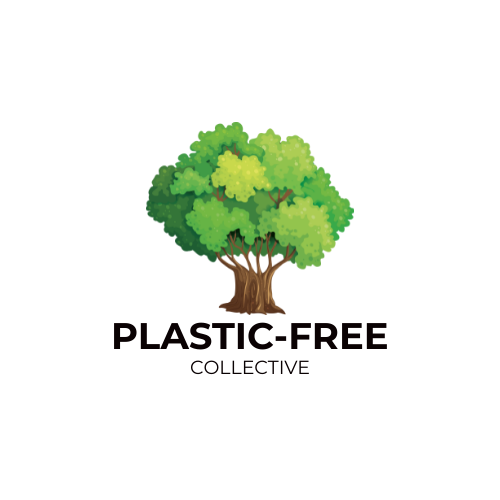Is my product really plastic-free?
Read time: 2-3 mins
Ok here’s the current rundown. What we really think. Hoping to update, as plastic-free moves more to just that. Plastic-free.
The Good
Let’s start with the positives. There are many companies out there who are genuinely committed to reducing plastic use and making environmentally friendly products. It makes good business sense. And they tend to go above and beyond in transparency compared to others who leave it up to marketing. Certifications like those from ‘A Plastic Planet’ or TUV Austria, while not government-backed, give consumers some added confidence that the product is free from nasty plastics. And ‘A Plastic Planet also has a knowledge base to help design plastic-free products.
There’s also a growing awareness and pressure from consumers that drive brands to reduce plastic, which is great. Demand from awareness has led to some incredible innovations—like biodegradable packaging, reusable alternatives, and plant-based materials. Brands embracing these trends do help reduce plastic waste which is of course very promising.

The Bad
Now for other side of reality. Without regulation and oversight the “plastic-free” label can be loosely applied and may sometimes even be misleading. We’ve all seen the feel-good labels like “eco-friendly” or “biodegradable” without evidence to back it up. For example, certain bioplastics are marketed as “plastic-free,” but they still have a plastic-like structure and can take a long time to degrade. What’s missing a standard definition of “plastic-free”. This current loophole allows companies to get away with adding a small amount of plastic and still claiming sustainability.
The Ugly
“Greenwashing” is ubiquitous, with many companies exploiting eco-conscious consumers by exaggerating their products’ environmental impact. Without clear regulations or government-backed verification, it’s tough to know who and what to trust. Products labeled as “plastic-free” sometimes arrive in plastic packaging, and many companies sidestep the issue with clever wording. This is frustrating for consumers who genuinely want to make sustainable choices, and it creates distrust in the marketplace.
In short, while the push toward plastic-free products is positive, the lack of regulation and clarity makes it challenging for consumers to discern the truly sustainable options from those simply capitalizing on the trend. Consumers need more transparency, and it’s essential for governments or independent bodies to step in and provide standardized regulations to protect those trying to make eco-friendly choices.
What’s our most pressing need?
The single most impactful improvement in the plastic-free verification space would be to establish a government-regulated, standardized certification for plastic-free products. This certification should be overseen by an authoritative environmental agency, with clear, rigorous criteria that companies must meet to use a “plastic-free” label.
